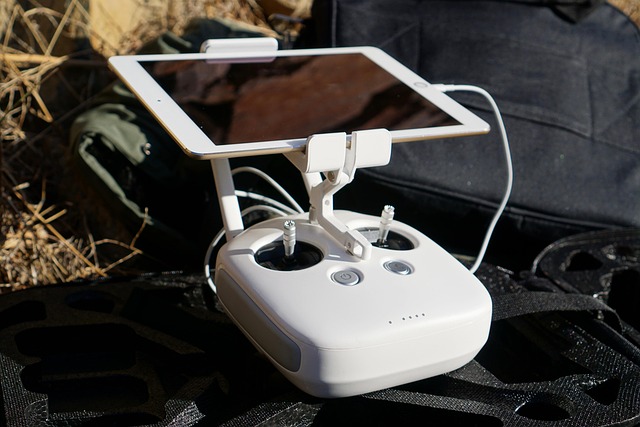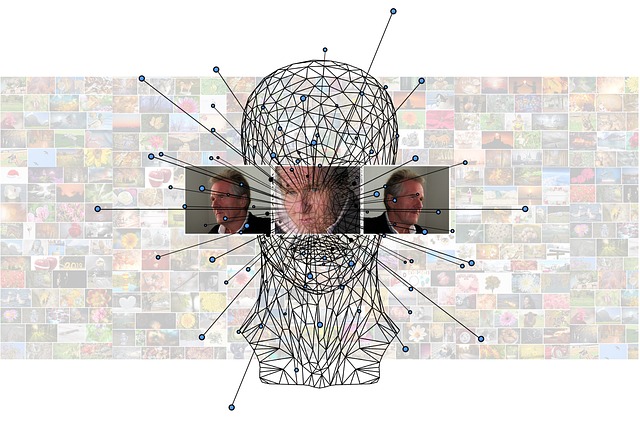Finding the Human Patterns in Algorithmic Worlds
In the realm of Algoritmus, where complex code dictates actions and data flows like a relentless tide, it’s easy to get swept up in the logic, the efficiency, the sheer computational power. But beneath the surface of algorithms and automation lies a rich tapestry of human interaction, impact, and intent. How do we make sense of this qualitative layer? This is where thematic analysis emerges not just as a research method, but as a vital lens, helping us uncover the underlying themes and meanings hidden within the user feedback, ethical considerations, and operational narratives that shape our algorithmic landscape.
Robotics: Beyond the Code
Robotics is no longer confined to industrial cages; it’s entering our homes, hospitals, and public spaces. Understanding how humans interact with these increasingly sophisticated machines is paramount. Thematic analysis shines here. Think about analyzing interview transcripts from elderly users interacting with a companion robot, or focus group discussions on the perceived trustworthiness of autonomous delivery vehicles. By systematically identifying recurring themes – be it ‘ease of use’, ‘fear of replacement’, ‘feeling cared for’, or ‘lack of control’ – researchers and developers gain deep insights that go far beyond simple quantitative metrics. It helps us build robots that are not just functional, but truly fit into the human world, addressing concerns and capitalizing on positive perceptions.
Artificial Intelligence: Decoding Intent and Impact
Artificial Intelligence is perhaps the most abstract area, dealing with patterns in data and predictive capabilities. Yet, its impact is profoundly human. Thematic analysis is crucial for understanding the societal reception of AI technologies. Consider analyzing public commentary on biased algorithms, user reviews of AI-powered customer service agents, or expert opinions on the ethical implications of machine learning in sensitive areas like healthcare or hiring. What are the dominant narratives around ‘trust’, ‘fairness’, ‘transparency’, or ‘autonomy loss’? By performing thematic analysis on these qualitative data sources, we can identify critical issues, understand public sentiment, and guide the development of AI that aligns better with human values and expectations.
Automation in Business: The People Perspective
Business automation promises efficiency and cost savings, but its success hinges on its acceptance and effectiveness within a human-centric organization. Implementing automated systems impacts employees and customers alike. Thematic analysis provides a powerful tool to explore this impact. Analyzing employee feedback gathered during automation rollout – recurring themes of ‘job security anxiety’, ‘need for retraining’, ‘improved workflow clarity’, or ‘technical frustration’ – helps businesses manage change effectively. Similarly, analyzing customer service interactions post-automation, looking for themes like ‘impersonal experience’, ‘faster resolution’, ‘difficulty navigating system’, or ‘satisfaction with speed’, offers invaluable insights into the customer journey and areas for improvement. It helps businesses automate in a way that enhances, rather than detracts from, the human experience.




